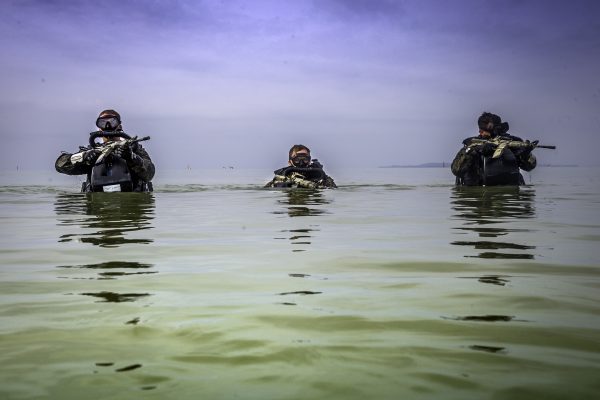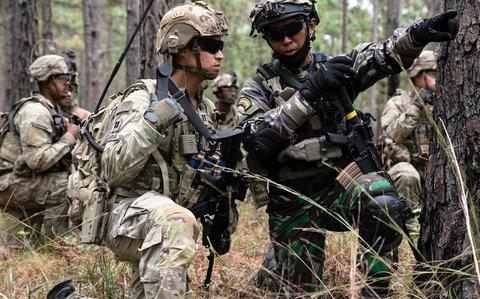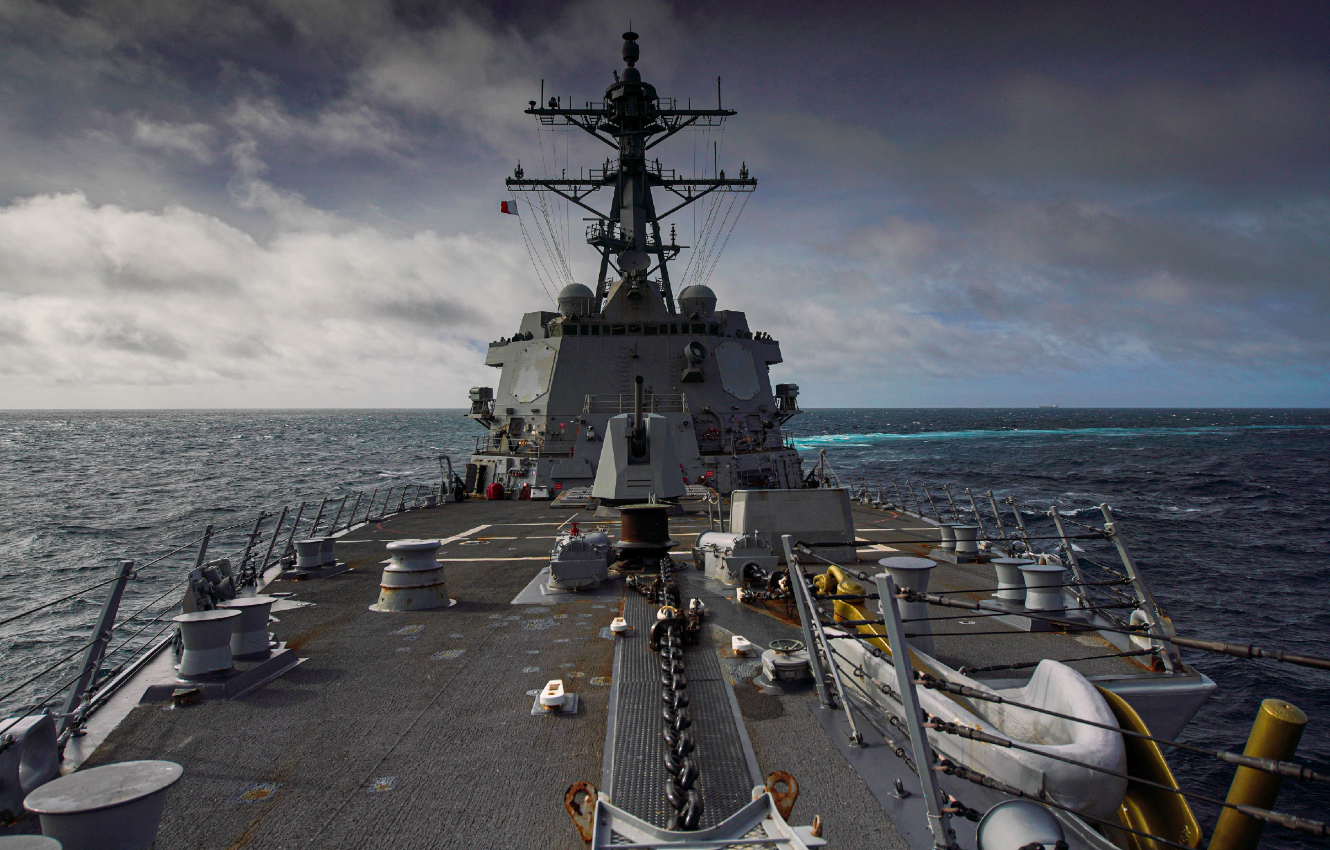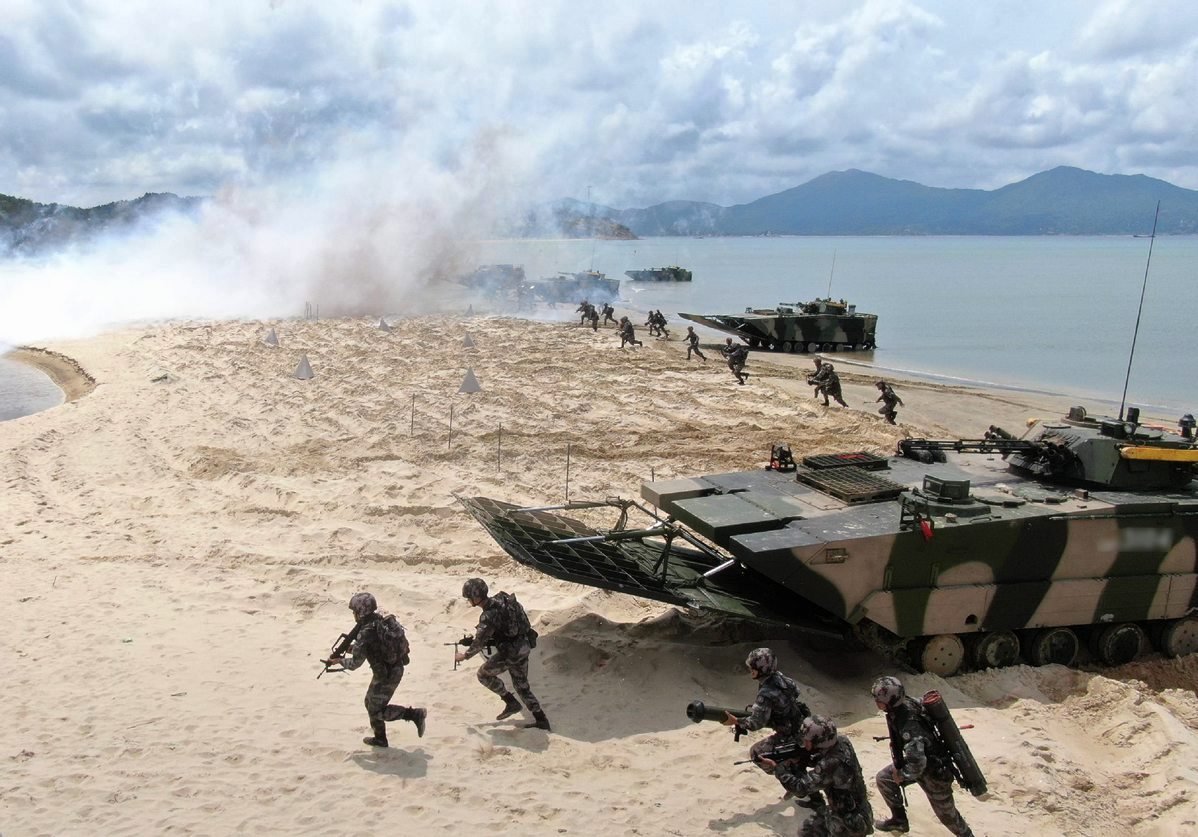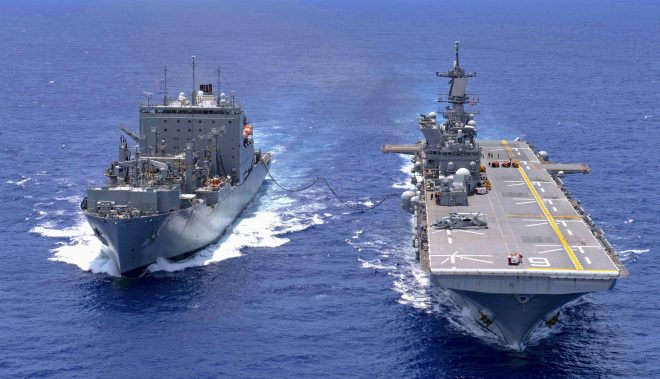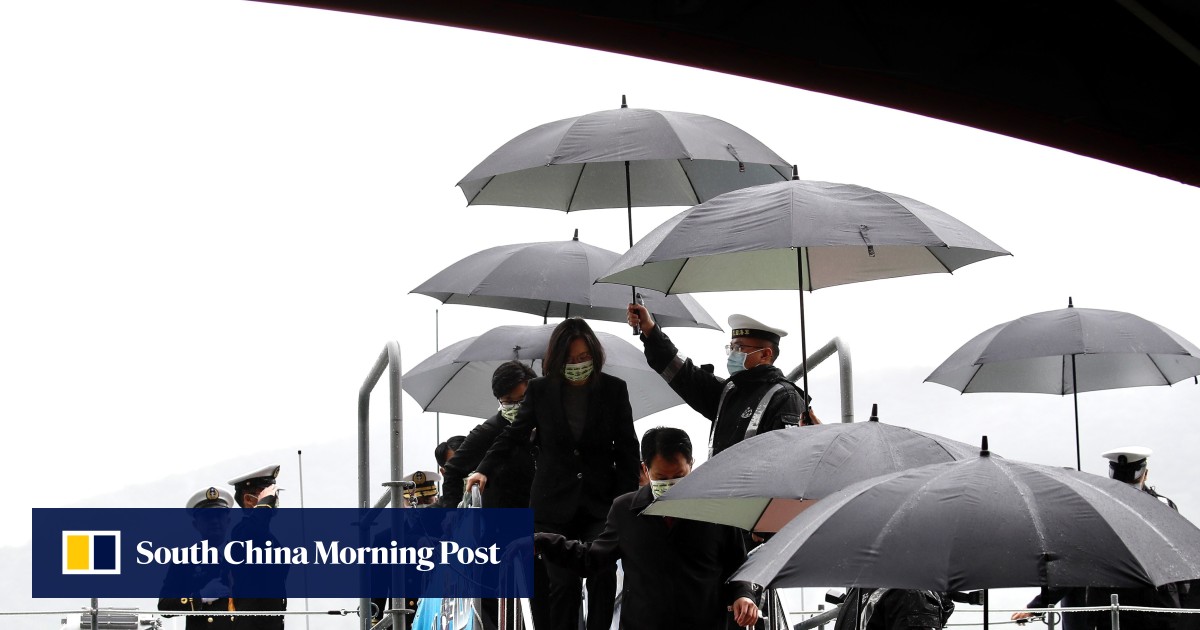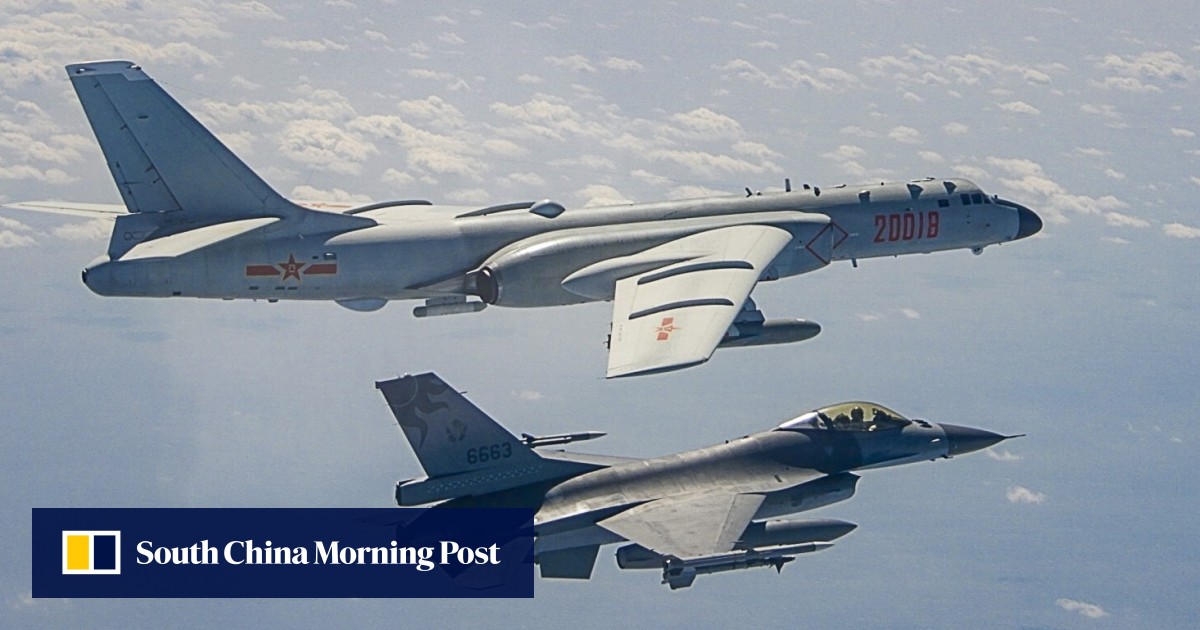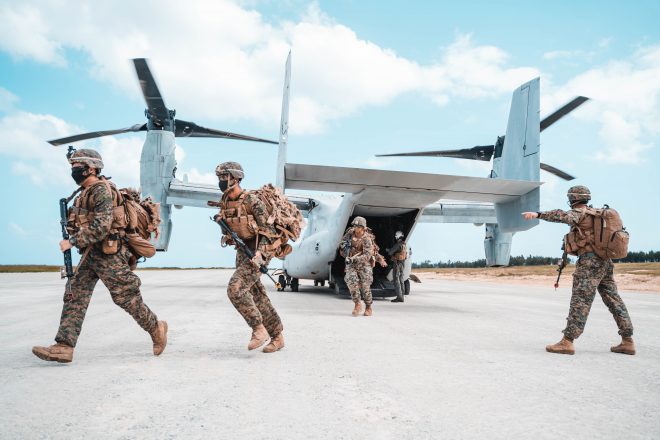shin_getter
ACCESS: Top Secret
- Joined
- 1 June 2019
- Messages
- 1,105
- Reaction score
- 1,484
Well, the enemy of marines probably also know that using artillery and sinking marine transports or destroying them on landing is the decisive course of action, while a tank with similar logistics and monetary cost is far less effective as it lacks firepower and range. So what enemy of marines would choose the less effective weapon to oppose marines? Marines is unlikely to run into tanks in their offensives. Even if marines do meet tanks, air and naval firepower can destroy them at no risk, while landing involve total superiority of both. Leakers can be defeated by missiles before doing too much damage, not like tanks fire fast like MRLS that erase grids.
Now, direct fire may be handy in shooting up targets other than tanks, however responsive precise indirect fire and smaller guns can do the bulk of the job. The only target set I think large direct fire gun is really that helpful is in urban warfare where buildings impede indirect fire while resisting smaller guns. If one is assaulting a city, just ask the army.
As for armor and protection in offensives, the capability for massed suicidal charges by unmanned systems changes the historical morale and value constraint on rate of offense of poorly protected forces. Even before that kind of thing gets realized, offensives is possible based mostly on firepower, just slower. If we are talking about the kinds of rocks marines are talking about taking, speed is not important as the land area is tiny. In is not like they are trying to knock out Russia in a single season or something.
Now, direct fire may be handy in shooting up targets other than tanks, however responsive precise indirect fire and smaller guns can do the bulk of the job. The only target set I think large direct fire gun is really that helpful is in urban warfare where buildings impede indirect fire while resisting smaller guns. If one is assaulting a city, just ask the army.
As for armor and protection in offensives, the capability for massed suicidal charges by unmanned systems changes the historical morale and value constraint on rate of offense of poorly protected forces. Even before that kind of thing gets realized, offensives is possible based mostly on firepower, just slower. If we are talking about the kinds of rocks marines are talking about taking, speed is not important as the land area is tiny. In is not like they are trying to knock out Russia in a single season or something.



